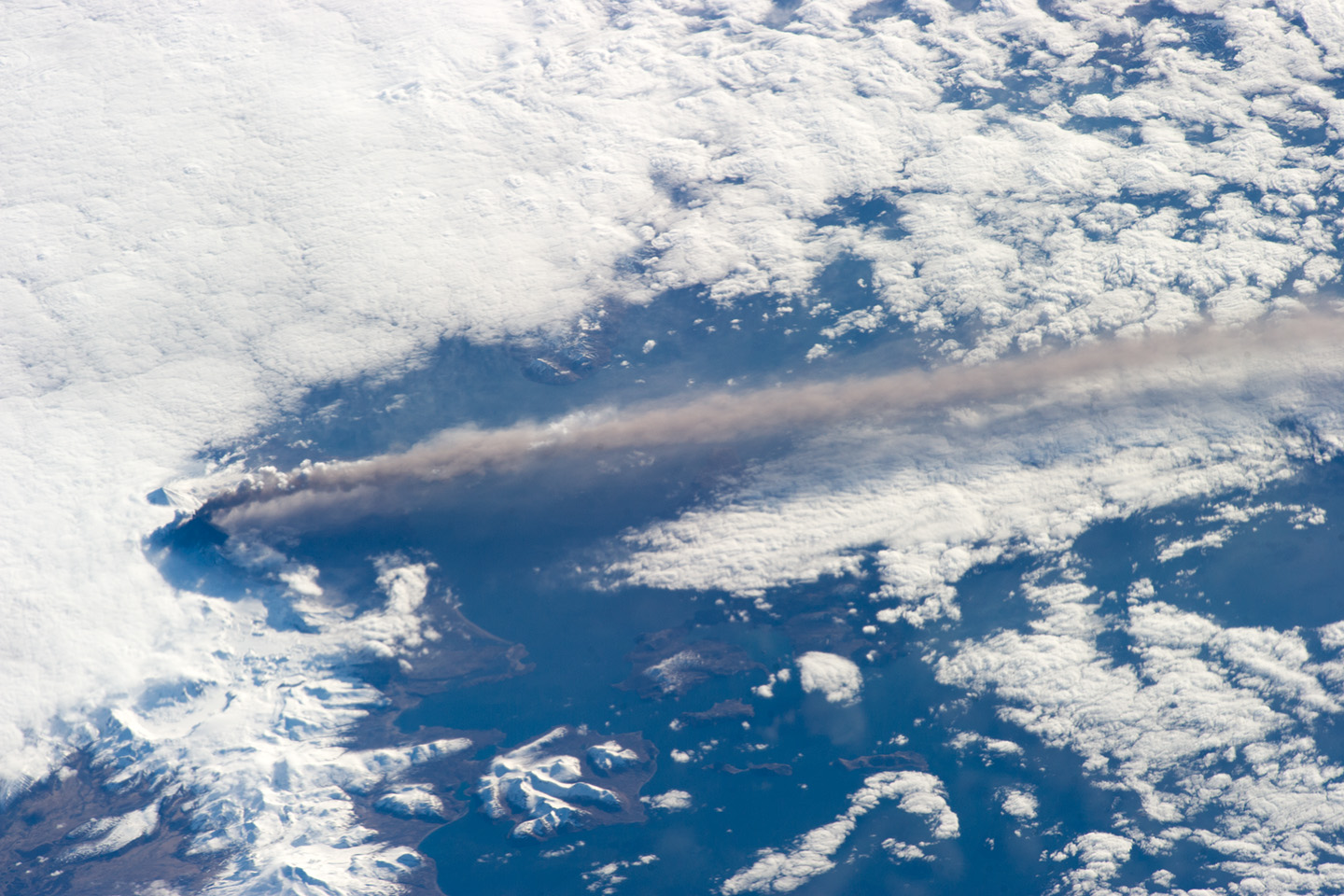BIG BANG NEWS
RESEARCH, TECHNOLOGY, SCIENCE, DIACHRONIC NEWS, COMMENTS, ,SPORTS,MUSIC,SKY AND STARS,AND MUSH MORE.
Αναζήτηση αυτού του ιστολογίου
Τετάρτη 29 Μαΐου 2013
World's Highest BASE Jump - Flying from Mt. Everest
Nearly 60 years to the day after the first ascent up Mount Everest, Russian extreme sport star Valery Rozov (48) flew off the north face of Mount Everest - the world's highest BASE jump ever - 7220 meters (23,688ft) above sea level.
The ascent began on the Chinese side on the famous north route. It took him four days to climb from the base camp to the jumping location. At precisely 2:30 p.m. local time he leaped despite adverse weather conditions with temperatures -18 Celsius.
Because the cliff at the top was not very high, the initial moments of the leap in the rarified high altitude air were the most critical phase. Rozov needed more time than usual in the thin air to transition from freefall to flying. After that he flew for nearly a full minute at speeds of about 200 km/h (125 mph) along the north face before he landed safely on the Rongbuk glacier - at an altitude of 5,950 meters
The ascent began on the Chinese side on the famous north route. It took him four days to climb from the base camp to the jumping location. At precisely 2:30 p.m. local time he leaped despite adverse weather conditions with temperatures -18 Celsius.
Because the cliff at the top was not very high, the initial moments of the leap in the rarified high altitude air were the most critical phase. Rozov needed more time than usual in the thin air to transition from freefall to flying. After that he flew for nearly a full minute at speeds of about 200 km/h (125 mph) along the north face before he landed safely on the Rongbuk glacier - at an altitude of 5,950 meters
The Alaska Volcano Observatory released this update on May 28 at 4 p.m. CDT (21 UTC):
May 18 view from space of Pavlof Volcano
Situated in the Aleutian Arc about 1,000 kilometers southwest of Anchorage, Pavlof Volcano began erupting on May 13, 2013.

View larger. | Pavlof Volcano in the Aleutian Arc on May 18, 2013. The volcano began erupting May 13. Image via NASA.
The Alaska Volcano Observatory released this update on May 28 at 4 p.m. CDT (21 UTC):
Over the past three days, the eruptive activity at Pavlof have greatly declined. Seismic tremor and small discrete explosions are no longer detected in seismic and pressure sensor data. Satellite observations show no evidence of elevated surface temperatures, volcanic gas or ash emissions. There have been no visual observations from pilots or web cameras of any eruptive activity. Consequently, the Aviation Color Code is being reduced to Yellow and the Volcano Alert Level to Advisory.During past eruptions of Pavlof, the style of eruptive activity fluctuated from higher to lower levels. Therefore, this pause in eruptive activity does not necessarily indicate that the eruption has ended. Renewed activity is possible, and may not be preceded by significant seismic activity. AVO will continue to monitor Pavlof closely.

View larger. | The volcano jetted lava into the air and spewed an ash cloud 20,000 feet (6,000 meters) high. Image via NASA.
Members of International Space Station crew (Expedition 36) acquired these images with a Nikon D3S digital camera using 800, 400, and 50 millimeter lenses, respectively. The images are from May 18, 2013, five days after the current eruption began.

View larger. | The volcanic plume extended southeastward over the North Pacific Ocean. Image via NASA.
Τρίτη 28 Μαΐου 2013
Δευτέρα 27 Μαΐου 2013
NASA Chief Flies Dream Chaser Spacecraft Simulator | Space Science Video
ΕΤΟΙΜΑ ΤΑ ΔΙΑΣΤΗΜΙΚΑ ΛΕΩΦΟΡΕΙΑ ΝΑ ΠΡΑΓΜΑΤΟΠΟΙΗΣΟΥΝ ΔΙΑΣΤΗΜΙΚΕΣ ΠΤΗΣΕΙΣ ΜΕΣΑ ΣΤΟ ΕΤΟΣ!
Κυριακή 26 Μαΐου 2013
Παρασκευή 24 Μαΐου 2013
Star System With Two Habitable Zone Planets | Kepler-62 | NASA Space Sci...
Visit my website at http://www.junglejoel.com - this animation depicts the Kepler mission's smallest known habitable world. Kepler-62f is a super-Earth-sized planet located squarely in the habitable zone of a star smaller and cooler than the sun. This star system is located about 1,200 light-years from Earth in the constellation Lyra.
The Kepler-62 star system is home to two habitable zone worlds, Kepler-62f and Kepler-62e. Orbiting on the inner edge of the habitable zone, Kepler-62e is roughly 60 percent larger than Earth.
Kepler-62f orbits it's host star every 267 days and is roughly 40 percent larger than Earth in size. While the size of this exoplanet is known, its mass and composition are not - though using previous exoplanet discoveries of similar size that are rocky, scientists are able to determine its mass by association.
Please rate and comment, thanks!
The Kepler-62 star system is home to two habitable zone worlds, Kepler-62f and Kepler-62e. Orbiting on the inner edge of the habitable zone, Kepler-62e is roughly 60 percent larger than Earth.
Kepler-62f orbits it's host star every 267 days and is roughly 40 percent larger than Earth in size. While the size of this exoplanet is known, its mass and composition are not - though using previous exoplanet discoveries of similar size that are rocky, scientists are able to determine its mass by association.
Please rate and comment, thanks!
Πέμπτη 23 Μαΐου 2013
Τετάρτη 22 Μαΐου 2013
Τρίτη 21 Μαΐου 2013
el Getting Close to a Giant Tornado
Σε κατάσταση μέγιστης καταστροφής κήρυξε ο Αμερικανός πρόεδρος Μπαράκ Ομπάμα την Οκλαχόμα, η οποία σαρώνεται από ανεμοστροβίλους. Μέχρι στιγμής 91 άνθρωποι έχουν χάσει τη ζωή τους, εκ ανάμεσά τους 20 παιδιά. Οι τραυματίες ανέρχονται στους 230, εκ των οποίων 45 παιδιά.
Εγγραφή σε:
Αναρτήσεις (Atom)